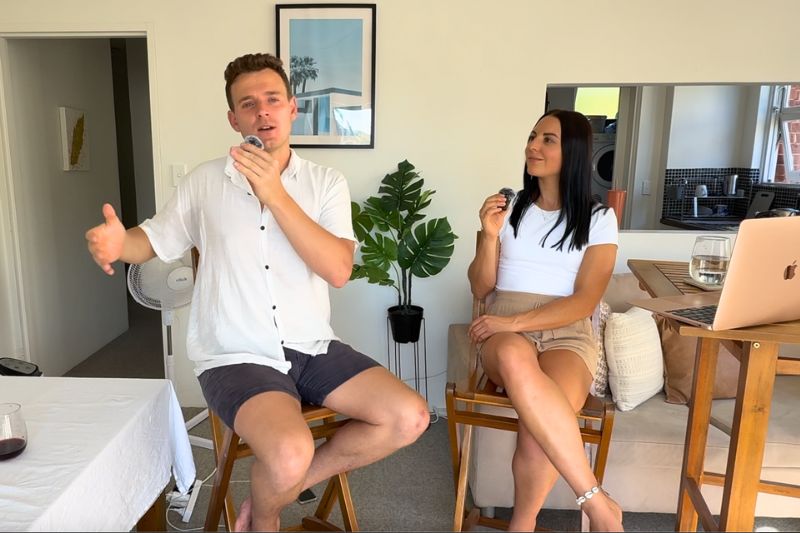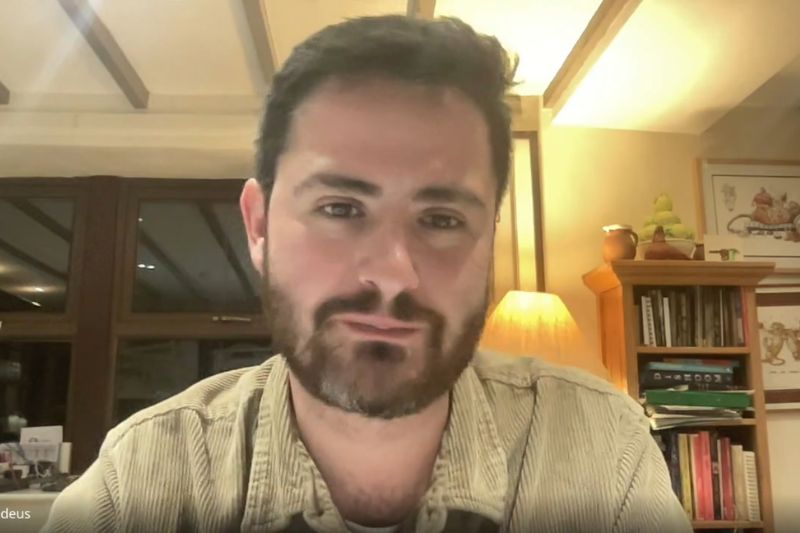An interview with Oliver Heyward on life, work, and the rhythms of reef and remote living
In this Q&A, we speak with Oliver Heyward — an international development engineer working on water supply projects across the Pacific. Known for his time living in Kiribati, Oliver has carved out a unique lifestyle at the intersection of flexible contract-based work and growing a new portfolio of digital ventures.
Blending time in the field with a passion for sustainability and intentional living, Oliver shares how building online assets will help him shape a life of choice — one that’s both grounded in purpose and rich in creative freedom.
From writing reflections on community cafés in the South Pacific to developing niche content sites around conservation and DIY tools, Oliver’s journey is a thoughtful take on what’s possible when professional expertise meets digital experimentation.
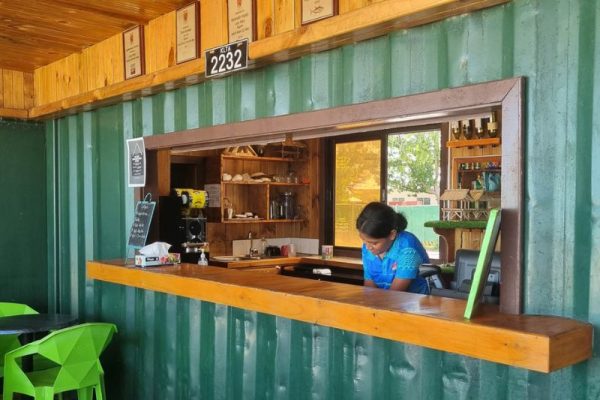
1. What led you to the island country of Kiribati?
My background is in engineering — specifically water supply — and I’ve worked across the Pacific on various infrastructure projects. The international development space really appealed to me early on: the work is purposeful, and the contracts often come with periods of intense focus, followed by time for rest or exploration.
Kiribati was one of the more unique postings I’ve taken on. It’s a remote island nation — incredibly beautiful (think white sand beaches) and culturally rich — and being there gave me the chance to step back and reflect. The isolation helped me slow down and reassess what I wanted from my work and my time. I also spent a lot of time on the reef — freediving, exploring, just being in the ocean. That rhythm of work and pause, of deep focus and open space, got me thinking more seriously about building flexibility into my lifestyle.
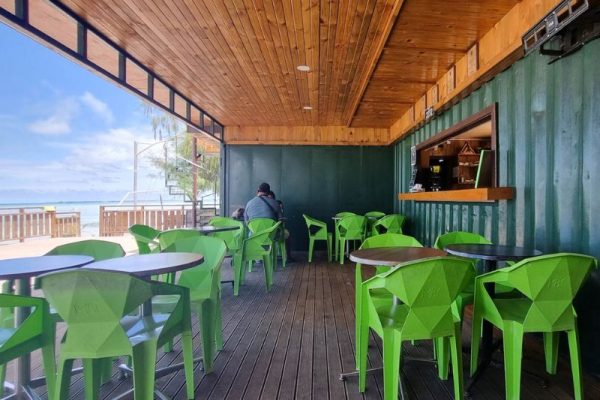
2. What pushed you toward remote work online?
The shift happened quite organically. During breaks between project work, I’d sometimes spend time at Mary’s Beach Café — one of the few peaceful communal spots on the island, great for taking a laptop and working offline for a few hours. It became a space for ideas and conversations.
Through that, I connected with Andrew Chung, who was curating a site called Best Café Designs. We ended up talking about the connections between place, design, and culture — and I contributed a feature on Mary’s Beach Café. That was my first proper foray into publishing something online. It made me realise that creative, remote work was not just possible — it was already happening, even in some of the most far-flung places in the world.
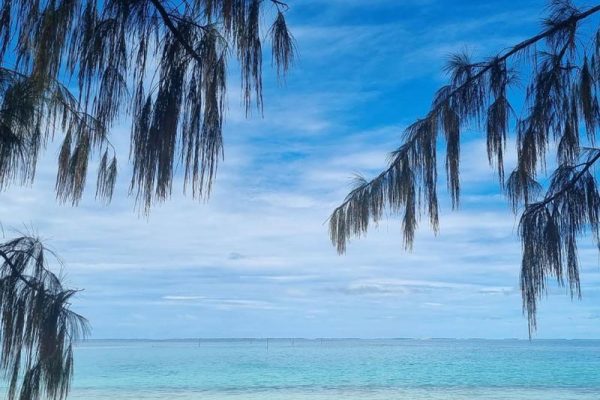
3. What does your work look like now?
It’s a mix, by choice, of engineering contracts and online ventures.
I still really enjoy international development engineering — and I’m continuing to take on projects I care about. But the big shift is how I approach it. My aim is to build a portfolio of digital assets that generates passive income, so I’m not entirely dependent on contract work to sustain myself. That way, I can choose the projects I take on and engage with the work more intentionally.
On the digital side, I’m developing a few niche websites. One is everydropsaved.com, which shares practical ideas around water conservation — something I’m personally passionate about. Another is toolsngoods.com, a site focused on DIY tools and product reviews that I’m gradually renovating and improving. I also do some occasional freelance work — writing, basic search engine optimization (SEO) — but the long game is passive income through digital ownership.
4. How did you learn about digital assets and SEO?
I started by experimenting — purchasing domain names, hobby blogs, and reading forums. But I eventually realised I needed more structure if I wanted to take it seriously.
That’s when I joined the Digital Investors Program from the Ebusiness Institute. It’s a training platform that teaches people how to build and grow content websites that generate income — kind of like building digital real estate.
The course gave me the tools to treat websites as assets: how to evaluate them, grow traffic, improve SEO, and understand monetisation through affiliate links and ads. Just as importantly, the community was filled with people from all kinds of backgrounds — trades, engineering, consulting — all learning to translate their skills into digital business. That made it feel real and achievable.
5. What’s your top tip for someone wanting to build digital assets?
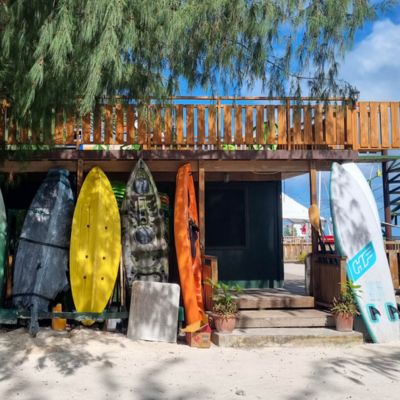
Start small, and start with what you already know. You don’t need to reinvent yourself — just repurpose your knowledge.
For example, if you’ve worked in trades, think about what gear, tools, or workflows you could review or write about. If you’ve managed projects, you already understand systems and problem-solving — that’s half the battle in building online systems.
Start with one small site, learn the basics of SEO, write a few helpful articles, and see what resonates.
6. How do you approach learning something new — like SEO or affiliate marketing — when it’s outside your usual comfort zone?
I try to approach it like learning a new tool on-site. You don’t need to know everything — just understand what the tool does, how it works, and when to use it.
SEO seemed technical at first, but once I saw it as a process — like site audits, linking, keywords — it became a skill I could apply and iterate on. I also learn best by doing. So I build, test, and tweak as I go. And I’ve found it helps to stay connected to a community — you don’t feel like you’re figuring it all out alone.
7. How long did it take before you started seeing consistent income from your digital projects?
Oliver: I’m still in the early stages — so I think it’s important to be honest about that. The first signs of income came from affiliate links and a bit of AdSense revenue, which is exciting when it starts, even if it’s small.
What kept me going was remembering that these sites can grow over time. It’s like planting a tree — you don’t get fruit in the first season. But you know it’s coming if you stick with it.
8. What’s your take on freelancing vs building your own digital assets?
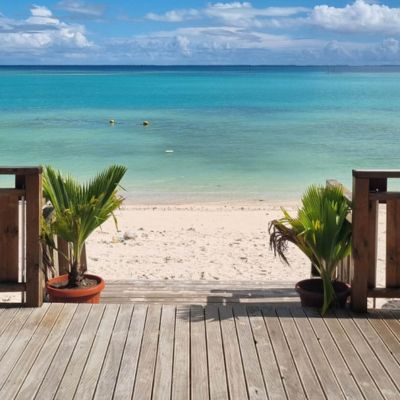
I think both have value, especially early on. Freelancing brings quicker income and builds confidence, while asset-building sets you up for long-term freedom.
If you can, do both: freelance to support yourself, and build digital properties in parallel. Just make sure you leave time and energy for the long game — that’s where the real shift happens.
9. What’s next for you — and how does the digital nomad life evolve from here?
Right now I’m focused on growing my digital portfolio — so I can be more selective with contract work, rather than reliant on it.
I’d love to do more around surf travel and ocean conservation, maybe even create a platform that combines storytelling with positive impact. I’m not a hardcore surfer, but I love freediving and being near the water. Kiribati reminded me how vital untouched environments are, and how important it is to protect them while sharing their stories.
That blend — of work, purpose, and nature — is what I’m aiming for.
Closing thoughts:
Blending structured, real-world engineering work with the freedom of digital ventures isn’t just about income — it’s about designing a lifestyle that matches your values, energy, and curiosity.
Oliver’s story is a reminder that digital freedom doesn’t require abandoning your existing skillset — it’s often about reframing it for a new medium. And sometimes, the freedom to dive into the reef or write from a café is just one small step (or website) away.
Explore the digital journey:
📍 Mary’s Beach Café article
🎓 Digital Investors Program – Ebusiness Institute
Find more inspiring stories from other digital nomad surfers here.
This article was contributed by Andrew Chung, an architect, website publisher and owner of a digital agency.

